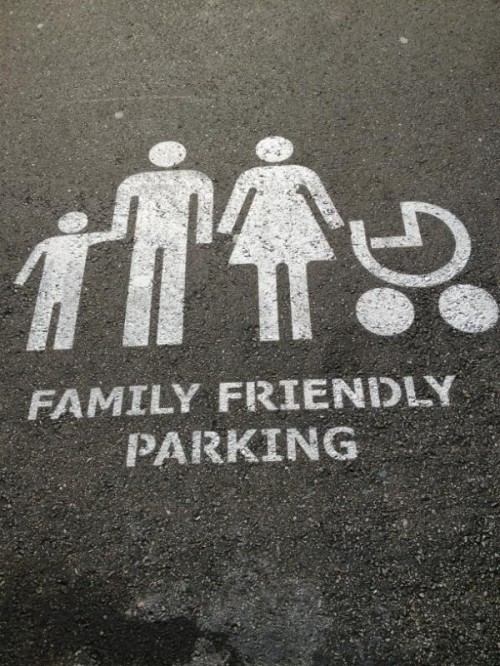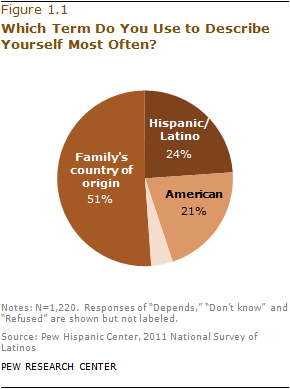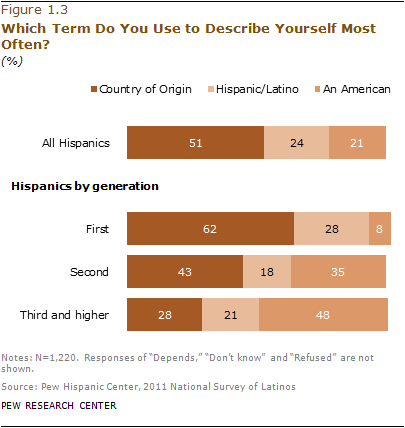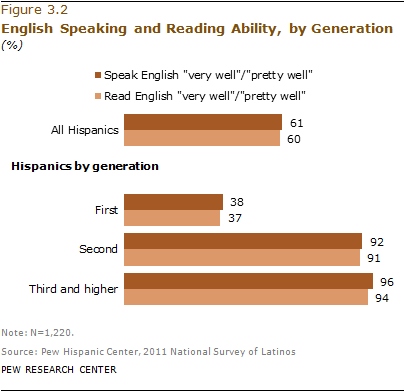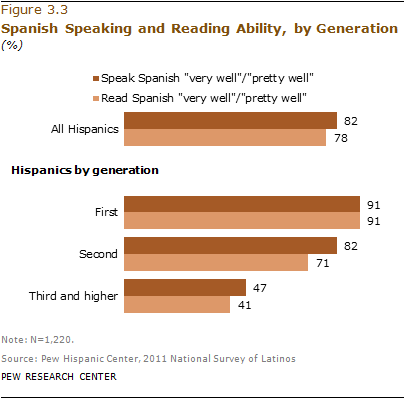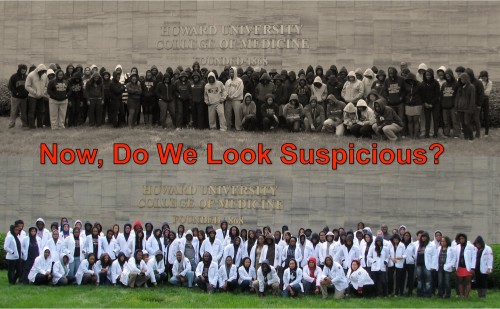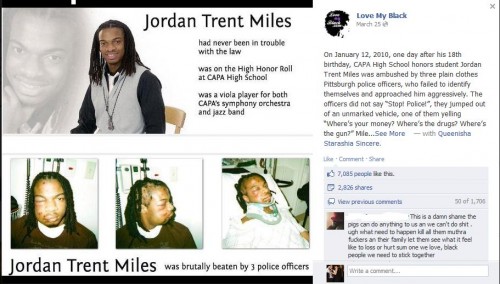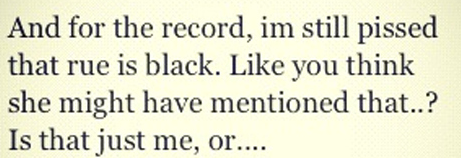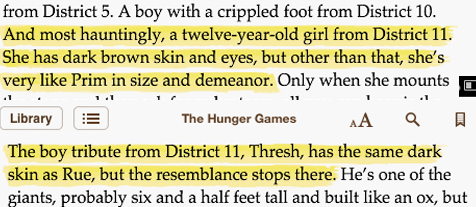Cross-posted at Montclair SocioBlog.
Jacob and Isabella were the most popular baby names last year. Some observers, even some sociologists, see this as the influence of the Twilight series. (See here for example.)
But Jacob, Isabella, and even Bella were on the rise well before Stephanie Meyer sent her similarly-named characters out to capture the hearts, minds, and naming preferences of romantic adolescents:
The forecasters predict a bumper crop soon in Rue, Cato, and perhaps other names that are from the Hunger series. Still, since the YA (Young Adult) audience for these books and movies are more Y than A, I’m hoping for lag time of at least a few years before they start naming babies. As I blogger earlier, Splash, the film with Darryl Hannah as Madison the mermaid, came out in 1984, but it was not until nine years later that Madison surfaced in the top 100 names. And if there’s a Hogwarts effect, we’re still waiting to see it. The trend in Harry and Harold is downward on both sides of the Atlantic, and Hermione has yet to break into the top 1000.
Don’t look for any Katnisses to be showing up in your classes for quite a while.


